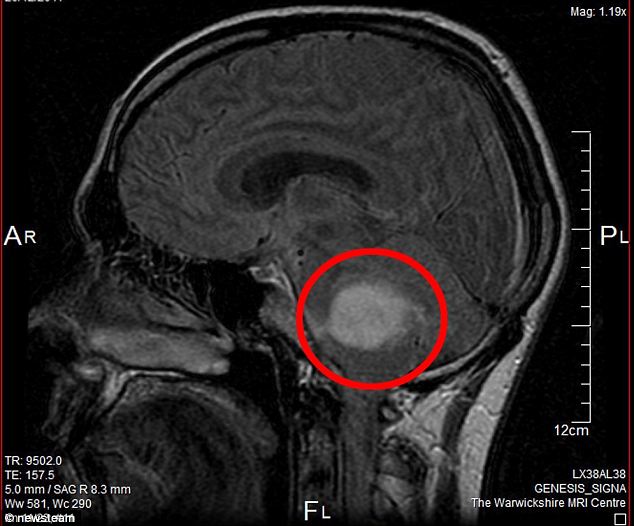One of the most serious concerns to people living with diabetes is the threat of blindness. Starting in November, the New Mexico Department of Health and the University of New Mexico Health Sciences Center will make it easier for diabetics to get a screening that could save their vision. The UNM Health Sciences Center is providing a machine called an EyePACS to the Department of Health’s Las Cruces Public Health Office that takes high resolution pictures of the retina. The images will be transmitted to UNM where the images will be interpreted by the doctors for screening of diabetic eye disease. This is the first telemedicine site for screening is being opened in the state.Ray Stewart, director of Department of Health public health services in southwestern New Mexico, said the benefit of having the machine in Las Cruces is to offer screening to people without insurance and other low income groups who may not have the opportunity have an exam. “This project will enable more individuals with diabetes to meet national recommendations for standard of care regarding annual retinal eye exams,” Stewart said. “As many as 30 to 40 percent of adults with diabetes do not have this exam each year. We want to remove barriers so more people can get screened and potentially save their sight.” Stewart said the program will accept referrals from the Memorial Medical Center Southern New Mexico Family Medicine Residency Program, Ben Archer Health Center and from patients who receive diabetes self-management education at the Department of Health’s Community Wellness Program. Staff from the participating agencies will also help operate the machine and transmit images to UNM experts. “This is a great example of multiple organizations working together with cutting edge technology to improve access to specialty care,” Stewart said. Dr. Arup Das, chief of ophthalmology at the UNM Health Sciences Center, said using the machine is an easy, non-invasive way of doing the screening because patients do not have to have their eyes dilated. “We will look at the images and determine if there is a need for treatment to correct bleeding that may occur as a result of diabetes,” Dr. Das said. “Diabetes is the number one cause of blindness in middle-aged adults in the United States. After having diabetes for 10 to 15 years, patients can develop changes in their retina where the blood vessels leak and cause patients to lose vision. If we can detect the disease in the early stages we can use laser treatments to stop the leakage.”Dr. Das said he hopes to expand the project by placing more machines at other sites around the state including public health offices and primary care providers. Each EyePACS machine costs $25,000.Dr. Das said the expansion of the project is critical because diabetes is spreading around the world and more people will lose their sight if they are not screened. “The screening is not a replacement of a comprehensive eye exam, but we need to screen people who are prone to have diabetic eye disease so we can treat it as early as possible,” Dr. Das said.The new program is part of the Department’s efforts to use telemedicine to get services in communities where there may not be experts. The Department of Health also participates in Project ECHO, which uses teleconferences, telemedicine and the Internet to help providers throughout the state care for patients suffering from Hepatitis C and other chronic diseases. Project ECHO benefits people living in rural areas of the state by allowing them to get treatment in their communities.

Be a part of Elets Collaborative Initiatives. Join Us for Upcoming Events and explore business opportunities. Like us on Facebook , connect with us on LinkedIn and follow us on Twitter , Instagram.












